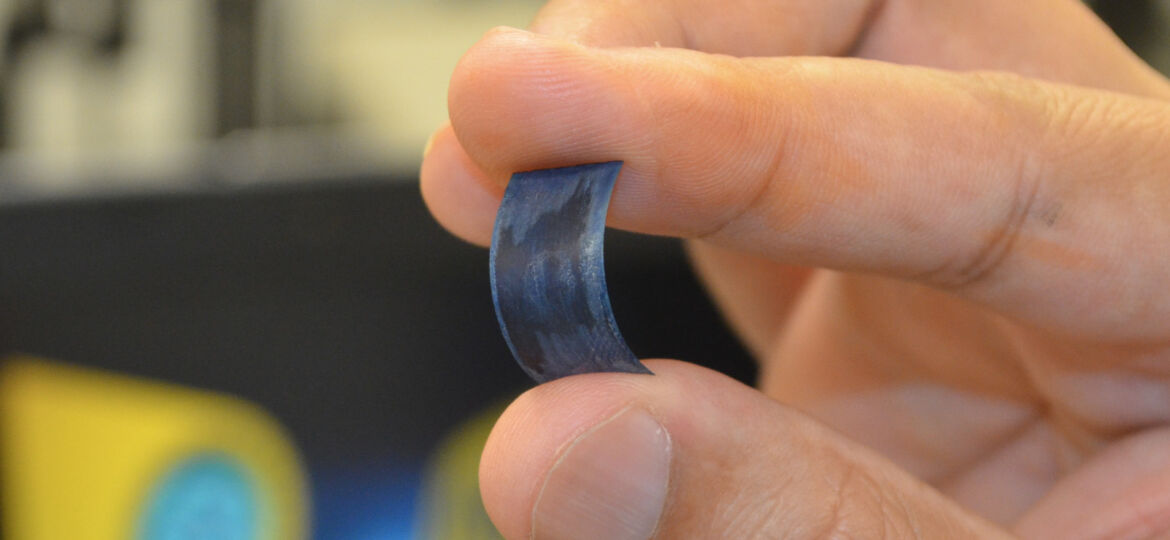
WHY THIS MATTERS IN BRIEF
As gadgets demand for power increases charging times will increase, this new thin film battery will charge your gadgets faster than you can make your toast.
A new type of battery that lasts for days with only a few seconds’ charge has been created by researchers at the University of Central Florida.
The high-powered battery is packed with supercapacitors that can store a large amount of energy. It looks like a thin piece of flexible metal that is about the size of a fingernail and could be used in phones, electric vehicles and wearables, according to the researchers.
As well as storing a lot of energy rapidly, the small battery can be recharged more than 30,000 times, by comparison, normal lithium-ion batteries begin to tire within a few hundred charges and they typically last between 300 to 500 full charges and drain cycles before dropping to 70 per cent of their original capacity.
“If consumer electronics companies replaced the batteries with these supercapacitors, you could charge your mobile phone in a few seconds and you wouldn’t need to charge it again for over a week,” said Professor Nitin Choudhary, one of the researchers behind the new technology.
So far supercapacitors like these haven’t been used to make batteries because they’d have to be much larger than the small units that are available today, but the Florida researchers have overcome this hurdle by making their supercapacitors with tiny nanowires. The nanowires are then coated with a high energy shell and it’s their highly conductive properties that allow superfast charging.
“For small electronic devices, our materials are surpassing the conventional ones worldwide in terms of energy density, power density and cyclic stability,” said Prof Choudhary. Cyclic stability refers to the number of times a battery can be fully charged and drained before it starts to degrade.
The team still have some refinement to do so the technology won’t be appearing in devices for a while, but nonetheless one day waiting for your gadgets to charge will be a thing of the past.
















